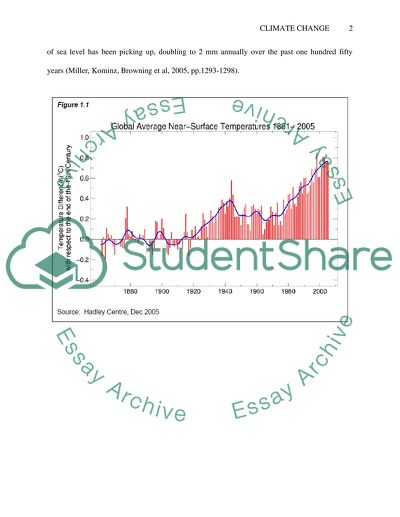Cite this document
(“United Kingdoms response to the Threat of climate change Essay”, n.d.)
United Kingdoms response to the Threat of climate change Essay. Retrieved from https://studentshare.org/miscellaneous/1533830-united-kingdoms-response-to-the-threat-of-climate-change
United Kingdoms response to the Threat of climate change Essay. Retrieved from https://studentshare.org/miscellaneous/1533830-united-kingdoms-response-to-the-threat-of-climate-change
(United Kingdoms Response to the Threat of Climate Change Essay)
United Kingdoms Response to the Threat of Climate Change Essay. https://studentshare.org/miscellaneous/1533830-united-kingdoms-response-to-the-threat-of-climate-change.
United Kingdoms Response to the Threat of Climate Change Essay. https://studentshare.org/miscellaneous/1533830-united-kingdoms-response-to-the-threat-of-climate-change.
“United Kingdoms Response to the Threat of Climate Change Essay”, n.d. https://studentshare.org/miscellaneous/1533830-united-kingdoms-response-to-the-threat-of-climate-change.


